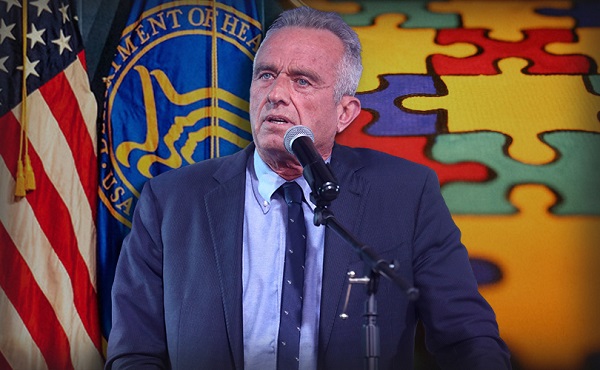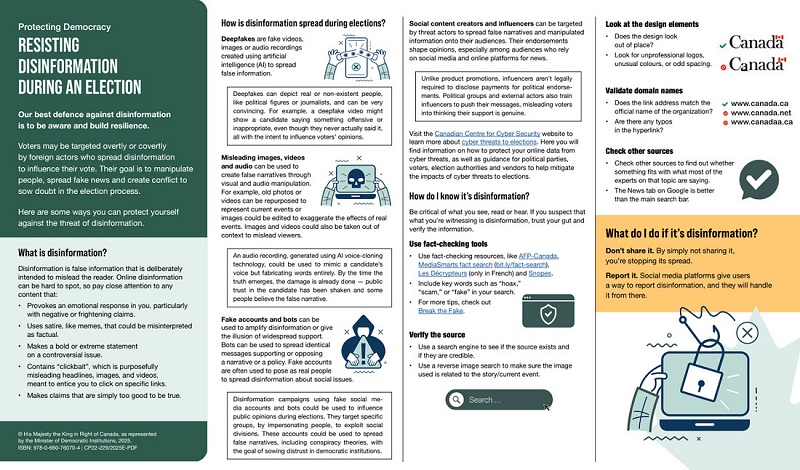Alberta
Alberta government’s new smartphone restrictions won’t eliminate digital distraction in classrooms

From the Fraser Institute
By Paige MacPherson and Tegan Hill
Research has shown that simply having a smartphone nearby is enough to distract students from completing a task, and that it takes students 20 minutes to regain focus on learning after being distracted. And when schools removed smartphones from the classroom in the United Kingdom, Belgium and Spain, learning outcomes improved, especially for underperforming kids.
According to a new directive from the Smith government, beginning next September there will be restrictions on smartphones in Alberta schools. While the directive is light on details, one thing is clear—given mounting evidence that smartphone distraction can hinder academic performance, unless the province (or individual school authorities) ban smartphones in the classroom, students will continue to suffer the consequences.
Indeed, research has shown that simply having a smartphone nearby is enough to distract students from completing a task, and that it takes students 20 minutes to regain focus on learning after being distracted. And when schools removed smartphones from the classroom in the United Kingdom, Belgium and Spain, learning outcomes improved, especially for underperforming kids.
Moreover, the latest Programme for International Student Assessment (PISA) report found a clear connection between smartphone distraction and declining student achievement, particularly in math. Specifically, 80 per cent of Canadian students report being distracted by the devices of other students in math class—and students who were distracted by smartphones in math class scored 15 points lower on PISA math tests than those who were not distracted. (PISA equates a 20-point drop in student test scores with one year of lost learning.)
Again, this is not just students distracted by their own devices, which are obvious attention-zappers for kids and teens. This is students distracted by the devices of other students. The research on digital distraction and its impact on student achievement makes clear that only a smartphone ban—with very few exceptions—will save kids from digital distraction.
And notably, Alberta’s PISA math scores have fallen 45 points in the last two decades, from 2003 to 2022, which PISA equates with more than two years of lost learning, with the decline predating COVID school closures.
The empirical evidence against smartphones in schools is mounting. But it’s also common sense, and people understand. The Alberta government’s own survey revealed that 90 per cent of more than 68,000 respondents—including parents, teachers, students and principals—had concerns about phone use in schools. This is consistent with other public opinion research in Canada. One survey showed 80 per cent of Canadians support banning phones in public schools. Another found that 51 per cent of Albertans said that phones should be banned in K-12 classrooms, and another 40 per cent said they should not be allowed unless directed by a teacher.
In 2019, the Ontario government issued a similar directive restricting smartphones in K-12 schools, which was nearly pointless because the government left the specifics up to school boards (just like the Smith government is now leaving the specifics up to school authorities in Alberta). Without being able to point to an overarching policy, Ontario teachers said they spent too much time surveilling and nagging in class, and many stopped trying altogether.
In its directive, the Smith government indicated there will be exceptions not only for reasonable health and medical needs (e.g. blood sugar monitoring) but also for “learning needs, and for educational purposes.” To actually eliminate digital distraction in the classroom, the provincial education ministry must support school authorities, who must support principals, who must support teachers to help enforce an actual ban.
While we should be skeptical of reflexive government “bans” in general, smartphones clearly impede student learning and socialization in schools. Banning smartphones in K-12 public government schools is the right move. But a patchwork approach, which accommodates endless exemptions, won’t free Alberta classrooms from the negative effects of digital distraction.
Authors:
Alberta
Made in Alberta! Province makes it easier to support local products with Buy Local program

Show your Alberta side. Buy Local. |
When the going gets tough, Albertans stick together. That’s why Alberta’s government is launching a new campaign to benefit hard-working Albertans.
Global uncertainty is threatening the livelihoods of hard-working Alberta farmers, ranchers, processors and their families. The ‘Buy Local’ campaign, recently launched by Alberta’s government, encourages consumers to eat, drink and buy local to show our unified support for the province’s agriculture and food industry.
The government’s ‘Buy Local’ campaign encourages consumers to buy products from Alberta’s hard-working farmers, ranchers and food processors that produce safe, nutritious food for Albertans, Canadians and the world.
“It’s time to let these hard-working Albertans know we have their back. Now, more than ever, we need to shop local and buy made-in-Alberta products. The next time you are grocery shopping or go out for dinner or a drink with your friends or family, support local to demonstrate your Alberta pride. We are pleased tariffs don’t impact the ag industry right now and will keep advocating for our ag industry.”
Alberta’s government supports consumer choice. We are providing tools to help folks easily identify Alberta- and Canadian-made foods and products. Choosing local products keeps Albertans’ hard-earned dollars in our province. Whether it is farm-fresh vegetables, potatoes, honey, craft beer, frozen food or our world-renowned beef, Alberta has an abundance of fresh foods produced right on our doorstep.
Quick facts
- This summer, Albertans can support local at more than 150 farmers’ markets across the province and meet the folks who make, bake and grow our food.
- In March 2023, the Alberta government launched the ‘Made in Alberta’ voluntary food and beverage labelling program to support local agriculture and food sectors.
- Through direct connections with processors, the program has created the momentum to continue expanding consumer awareness about the ‘Made in Alberta’ label to help shoppers quickly identify foods and beverages produced in our province.
- Made in Alberta product catalogue website
Related information
Alberta
Province to expand services provided by Alberta Sheriffs: New policing option for municipalities

Expanding municipal police service options |
Proposed amendments would help ensure Alberta’s evolving public safety needs are met while also giving municipalities more options for local policing.
As first announced with the introduction of the Public Safety Statutes Amendment Act, 2024, Alberta’s government is considering creating a new independent agency police service to assume the police-like duties currently performed by Alberta Sheriffs. If passed, Bill 49 would lay additional groundwork for the new police service.
Proposed amendments to the Police Act recognize the unique challenges faced by different communities and seek to empower local governments to adopt strategies that effectively respond to their specific safety concerns, enhancing overall public safety across the province.
If passed, Bill 49 would specify that the new agency would be a Crown corporation with an independent board of directors to oversee its day-to-day operations. The new agency would be operationally independent from the government, consistent with all police services in Alberta. Unlike the Alberta Sheriffs, officers in the new police service would be directly employed by the police service rather than by the government.
“With this bill, we are taking the necessary steps to address the unique public safety concerns in communities across Alberta. As we work towards creating an independent agency police service, we are providing an essential component of Alberta’s police framework for years to come. Our aim is for the new agency is to ensure that Albertans are safe in their communities and receive the best possible service when they need it most.”
Additional amendments would allow municipalities to select the new agency as their local police service once it becomes fully operational and the necessary standards, capacity and frameworks are in place. Alberta’s government is committed to ensuring the new agency works collaboratively with all police services to meet the province’s evolving public safety needs and improve law enforcement response times, particularly in rural communities. While the RCMP would remain the official provincial police service, municipalities would have a new option for their local policing needs.
Once established, the agency would strengthen Alberta’s existing policing model and complement the province’s current police services, which include the RCMP, Indigenous police services and municipal police. It would help fill gaps and ensure law enforcement resources are deployed efficiently across the province.
Related information
-

 2025 Federal Election1 day ago
2025 Federal Election1 day agoRCMP Whistleblowers Accuse Members of Mark Carney’s Inner Circle of Security Breaches and Surveillance
-

 Autism2 days ago
Autism2 days agoAutism Rates Reach Unprecedented Highs: 1 in 12 Boys at Age 4 in California, 1 in 31 Nationally
-

 Health2 days ago
Health2 days agoTrump admin directs NIH to study ‘regret and detransition’ after chemical, surgical gender transitioning
-

 Also Interesting1 day ago
Also Interesting1 day agoBetFury Review: Is It the Best Crypto Casino?
-

 Autism1 day ago
Autism1 day agoRFK Jr. Exposes a Chilling New Autism Reality
-

 2025 Federal Election2 days ago
2025 Federal Election2 days agoAI-Driven Election Interference from China, Russia, and Iran Expected, Canadian Security Officials Warn
-

 Bjorn Lomborg2 days ago
Bjorn Lomborg2 days agoGlobal Warming Policies Hurt the Poor
-

 2025 Federal Election1 day ago
2025 Federal Election1 day agoBureau Exclusive: Chinese Election Interference Network Tied to Senate Breach Investigation







